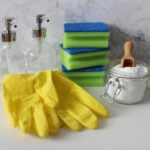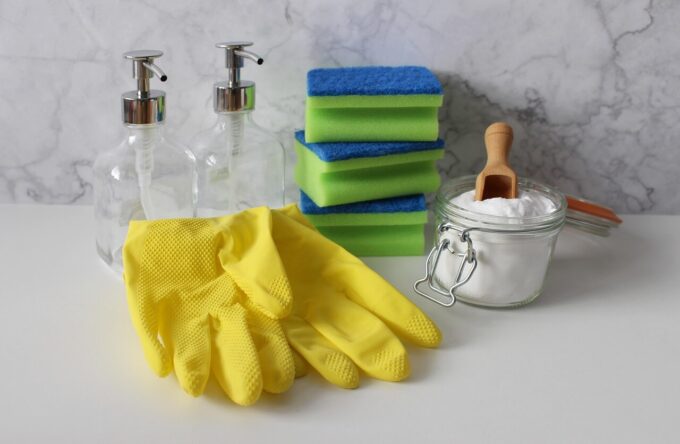How Often Should You Really Be Cleaning These 10 Things?
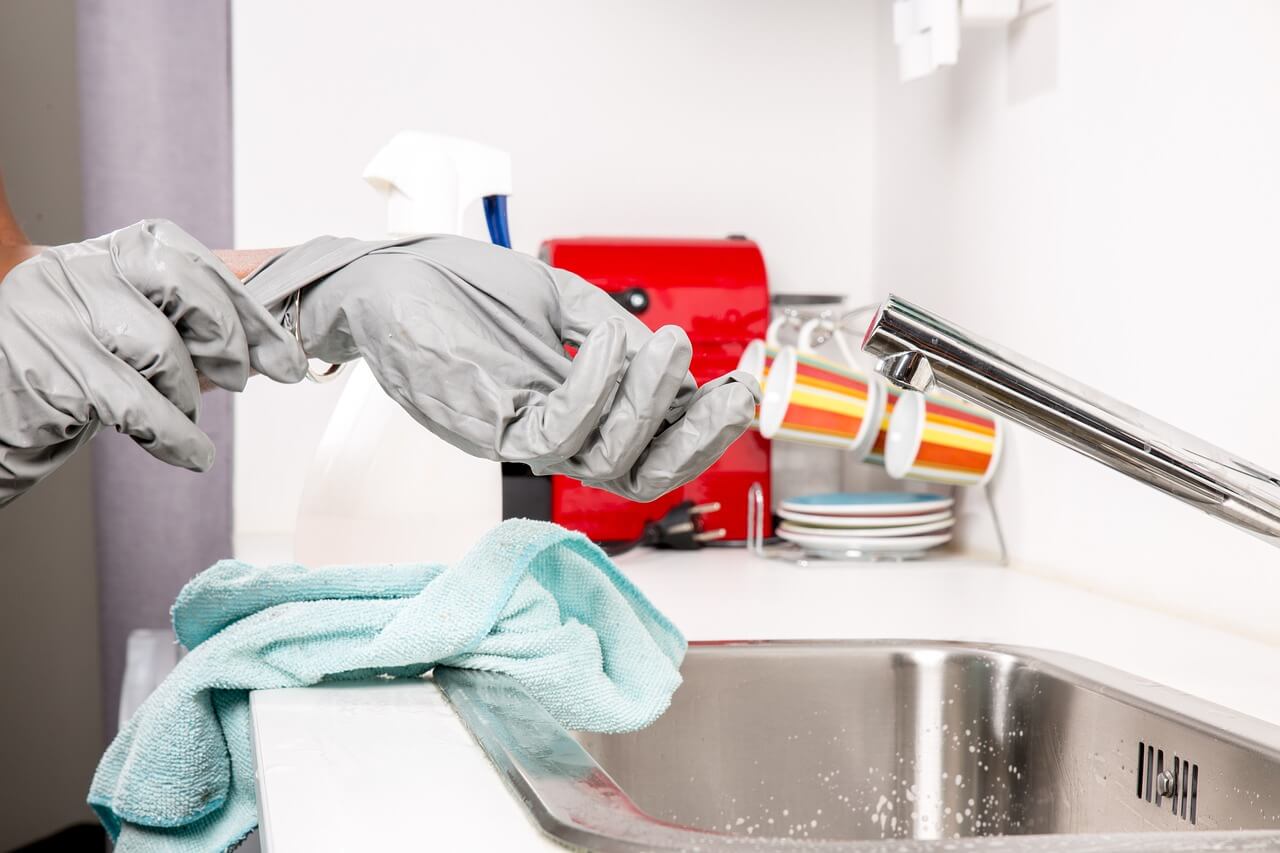
(Unexpected insights for a healthier home environment)
Most households maintain some form of cleaning regimen. Yet when questioned about the last time you sanitized your television remote or examined your vacuum’s filtration system, many would struggle to recall. Indeed.
Numerous household objects silently accumulate contaminants and residue while daily activities continue uninterrupted. The challenge lies in their deceptive appearance—they rarely display visible soil. However, neglecting these items may impact your domestic hygiene and personal wellbeing more significantly than anticipated.
Below is a straightforward inventory of ten frequently overlooked household items—along with precise recommendations for maintenance frequency.
1. Kitchen Cleaning Tools – Replace or Sanitize Weekly
Your kitchen cleaning implements deserve primary attention.
Why this matters: These tools become perfect incubators for microorganisms—warm, damp, and coated with food residue create ideal conditions for bacterial proliferation.
Recommended maintenance:
- Sanitize through heat: Dampen your cleaning tool and place in microwave for 60 seconds every second day to eliminate microorganisms.
- Chemical treatment: Immerse in white vinegar solution or properly diluted bleach on a weekly basis.
- Regular replacement: When odors develop or physical deterioration becomes apparent, discard immediately. Optimal replacement schedule: every 7-14 days.
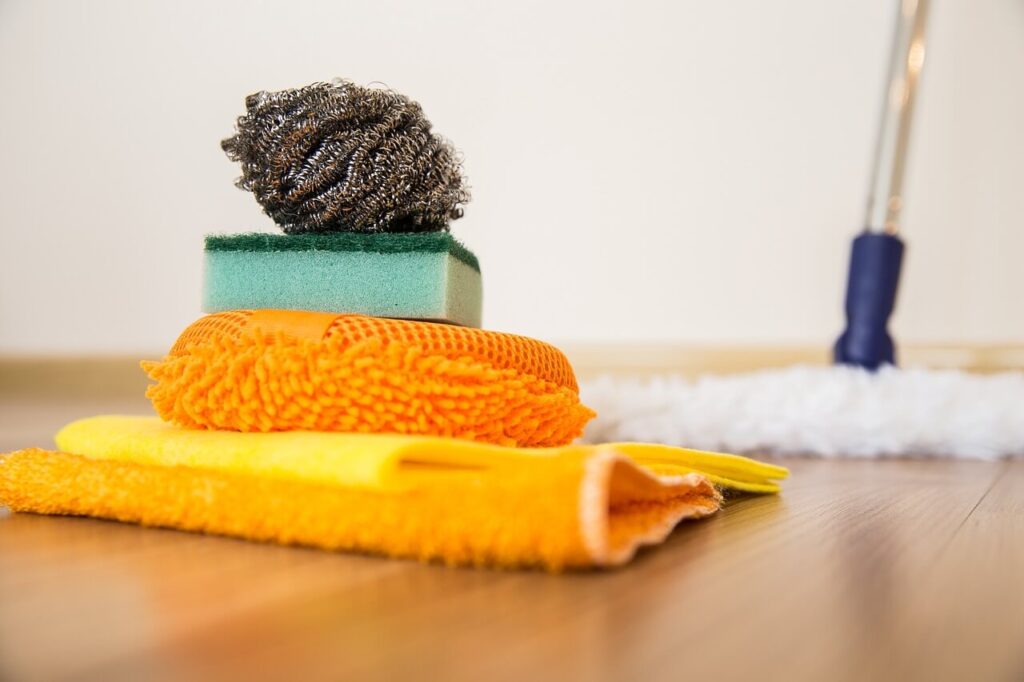
2. Sleep Surface Cushioning – Launder Quarterly
While pillowcases receive regular attention, the pillows themselves often go untreated despite absorbing perspiration, exfoliated skin cells, and microscopic organisms.
Maintenance protocol:
- Verify washability: Examine manufacturer instructions—most contemporary pillows permit machine washing.
- Ensure thorough drying: Incorporate dryer spheres for proper fluffing and confirm complete dryness to prevent microbial growth.
- Implementation suggestion: Schedule this task at seasonal transitions for consistency.
3. Dental Hygiene Storage – Weekly Disinfection
Often overlooked yet regularly exposed to moisture and dental product residue.
Significance: Ranks among the most microbiologically active bathroom surfaces, frequently harboring fungal and bacterial colonies.
Maintenance solution:
- Weekly immersion in hot water with mild detergent.
- Disinfect using vinegar solution or isopropyl alcohol for natural sanitization.
- Alternative: Process through dishwasher if material composition permits.
4. Entry Points and Illumination Controls – Weekly Attention
These frequently-contacted surfaces experience multiple daily interactions from every household member—yet rarely receive cleaning attention.
Practical implementation:
- Maintain a prepared solution of diluted white vinegar or appropriate disinfectant.
- Apply to handles and switch plates weekly using microfiber cloth.
- Requires minimal time investment while significantly reducing cross-contamination.
5. Window Treatments – Seasonal Maintenance
Dust accumulation remains invisible until substantial—particularly problematic for allergy sufferers.
Appropriate methods:
- Fabric drapery: Most respond well to gentle machine washing. Select delicate cycle and air-dry when possible.
- Slatted coverings: Utilize microfiber materials or repurposed soft fabric over hand for effective dust removal.
- Efficiency approach: Monthly dust removal using vacuum brush attachment prevents heavy accumulation.
6. Entertainment Device Controllers – Weekly Sanitization
Universal usage but seldom included in cleaning routines.
Effective procedure:
- Utilize designated electronic cleaning wipes or microfiber cloth lightly dampened with equal parts water and isopropyl alcohol.
- Never apply liquid directly—always moisten cleaning medium first.
- Pay particular attention to recessed areas surrounding control buttons.
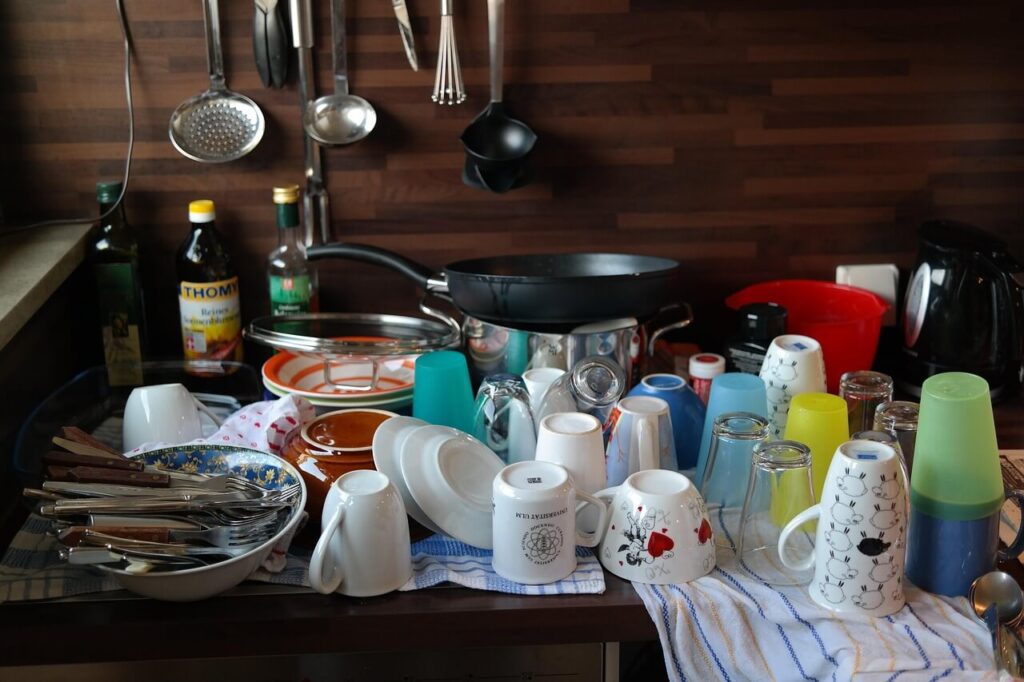
7. Cleaning Equipment Filtration – Monthly Inspection
Your cleaning devices require maintenance to function effectively.
Rationale: Compromised filtration reduces performance and redistributes particulates throughout living spaces.
Maintenance guidelines:
- Review specific manufacturer recommendations.
- For washable components: Thoroughly rinse using warm water and allow complete drying.
- Replace specialized filtration elements according to manufacturer timelines (typically semi-annually).
8. Food Storage Compartments – Monthly Thorough Cleaning
Unnoticed spills, residue from containers, and food particles create potential contamination zones within refrigeration units.
Practical approach:
- Schedule cleaning before major grocery restocking—when contents are naturally minimized.
- Clean using mild soap solution or equal parts vinegar and water mixture.
- Include special attention to produce storage compartments.
9. Cosmetic Application Tools – Weekly Sanitization
Accumulated cosmetics, skin oils, and microorganisms transfer directly to facial surfaces when left untreated.
Simple sanitization:
- Create solution combining gentle dishwashing liquid with small amount of olive oil.
- Gently agitate brushes in solution, rinse thoroughly, and position horizontally for drying.
- Enhancement: Textured cleaning surfaces improve results for those with daily cosmetic routines.
10. Laundry Equipment – Monthly Maintenance
The equipment responsible for clean garments requires its own cleaning schedule.
Rationale: Internal surfaces develop mold and detergent residue accumulation—resulting in characteristic unpleasant odors.
Maintenance process:
- Operate empty machine using hottest water setting with two cups white vinegar.
- Clean flexible sealing components and detergent dispensers.
- Allow air circulation between uses by leaving access door partially open.
Even without adopting comprehensive cleaning philosophies, incorporating several of these practices into your regular household maintenance creates substantial improvements. Your living environment becomes more hygienic, equipment longevity increases, and potential health concerns diminish.
No need for concern if you’ve previously overlooked these items—beginning implementation now establishes improved habits. Consistent, incremental efforts produce remarkable results over time.
Would a printable reference guide for these maintenance tasks benefit your household organization?
Latest Posts
How to Clean Your Walls Without Damaging the Paint
Reality check—walls accumulate debris over time. From oily handprints around switch plates...
3 Mins readHow to Deep Clean Your Kitchen in One Afternoon
Face it—thoroughly scrubbing your kitchen rarely tops anyone’s list of enjoyable activities....
3 Mins readHow to Attract Pollinators to Your Backyard Garden
Dreaming of a vibrant, flourishing garden space? Whether you’re cultivating vegetables, nurturing...
3 Mins readHow to Get Rid of Pet Hair from Furniture and Floors
Animal companions bring immeasurable joy—and an inevitable shower of shed fur. This...
3 Mins read

